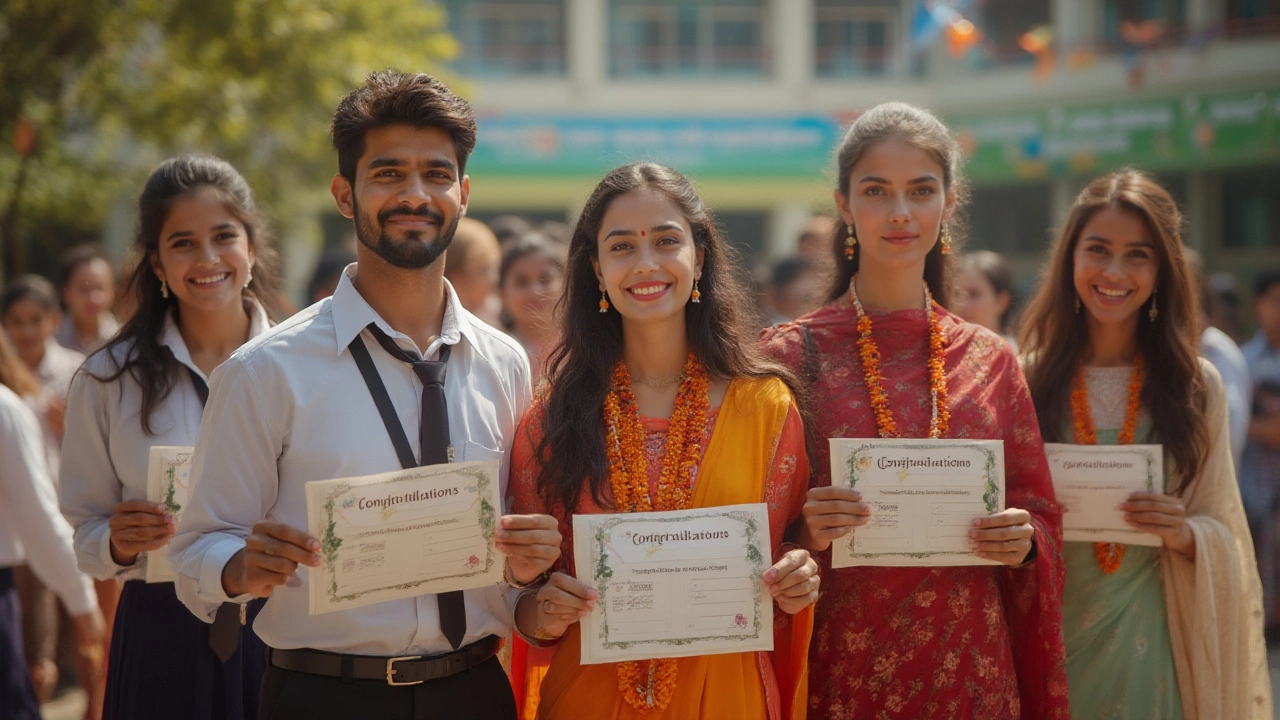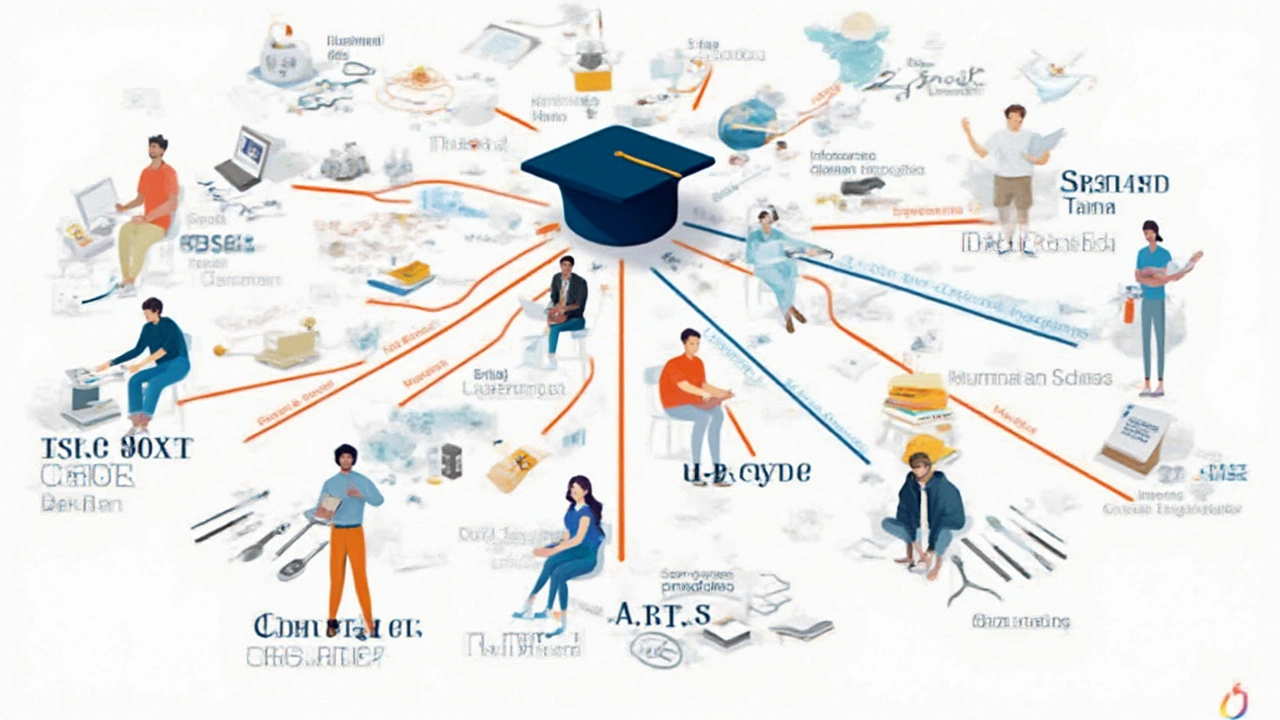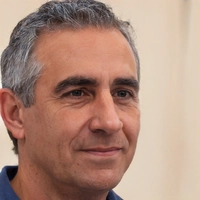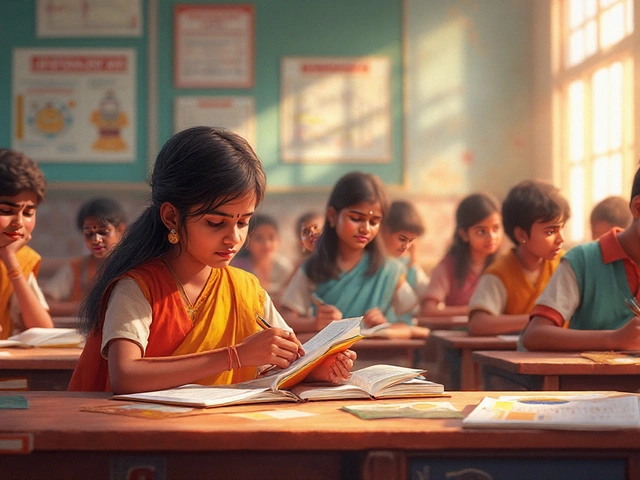
12th Class Degree in India: What It's Officially Called, Eligibility, and Career Paths
Picture sitting in a packed exam hall, palms sweaty, pen tapping nervously on the desk—this is the moment that defines Indian teenagers more than any cricket match or Bollywood blockbuster premiere. Every year, millions of students in India gear up for their 12th class board exams, hoping to grab that golden ticket to their dream college or a promising career. But the question still puzzles a lot of folks: What is a 12th class degree actually called in India? If you’ve ever found yourself trying to make sense of the mountain of forms, abbreviations, and alphabet soup that comes with Indian education, you’re definitely not alone.
Names and Variations: What Exactly Is the 12th Class Degree?
Let’s kick things off with the basics: After slogging through years of schooling, students in India hit a milestone at the end of class 12. But walk into any college admission office and you’ll hear a jumble of terms for this qualification. So what’s the official name? In most parts of India, the 12th class degree is called the Higher Secondary Certificate (HSC). Some states and boards also use ‘Senior Secondary Certificate’ (SSC), and if you’re coming from a Central Board or state board, you might also see it as Intermediate Certificate.
The confusion comes from India’s wild variety of educational boards—Central Board of Secondary Education (CBSE), Indian Certificate of Secondary Education (ICSE), various State Boards, and even special ones like the National Institute of Open Schooling (NIOS). Each has their flavor of the 12th class degree:
- CBSE: Senior School Certificate Examination (Class 12)
- ICSE (actually CISCE): Indian School Certificate (ISC) for Class 12
- Some State Boards: Higher Secondary Certificate (HSC) or Pre-University Certificate (PUC)
- NIOS: Senior Secondary Certificate
To add a little spice, some states use “Intermediate” or “+2 certificate.” So if you hear someone say, “I passed Intermediate in Uttar Pradesh” or “I have a PUC from Karnataka,” both are referring to finishing class 12. Across the country, these certificates all refer to the successful completion of the final two years of schooling: grades 11 and 12.
The history here is a legacy of the colonial British system, which shaped much of India’s current education structure. Back in the day, the term ‘Matriculation’ was for class 10. Now, ‘Intermediate’ or ‘Higher Secondary’ have taken over for class 12.
Want some hard numbers? According to data published by India’s Ministry of Education, over 13 million students appeared for class 12 board exams across all Indian boards in 2024. Each major board delivers its certificates in different formats, but the value and purpose are basically the same.
Why Does the Name Matter and What Does the Certificate Prove?
If you’re thinking, “Who cares what it’s called?”—well, think again. The name on your certificate can be the clincher when you apply for college, scholarships, or even jobs. Universities often demand ‘proof of passing Higher Secondary’ or ask for your ‘Senior Secondary Marksheet.’ If you’re applying abroad, things get trickier. Many foreign universities refer to it as 'Grade 12 Completion Certificate' or 'High School Diploma Equivalent,' but they’ll ask for the actual document, and sometimes a detailed explanation of your board and subjects.
The 12th class certificate is way more than just a slip of paper or a fancy folder stashed in your cupboard. It proves you’ve completed 14 years of formal schooling (counting from class 1) and passed the national or state curriculum standards. That certificate is the minimum qualification for most undergraduate courses. For professional programs in medicine, engineering, or law, you can’t even sit for entrance exams without it.
Think of it like the key to all major doors in your educational journey—a golden pass. And since each board sets its own syllabus and exam style, the certificate also reflects what you’ve studied for the past two years. For example:
- Science students might have studied Physics, Chemistry, Maths/Biology, and English.
- Commerce students typically cover Accountancy, Business Studies, Economics, Maths, and English.
- Humanities students might choose subjects like History, Political Science, Geography, Sociology, and Psychology.
Interesting fact: The percentage or grade you earn in 12th can make—or break—your dreams. Top Indian universities like Delhi University, IITs, or All India Medical Institutes often set cutoffs above 95% for sought-after courses. And if you miss even a few marks, you’re competing with hundreds of thousands for limited spots. This puts a huge amount of pressure on students, leading Indian news outlets to call class 12 results season 'the real Hunger Games’ every May and June.
The certificate is also mandatory if you want to join the Indian armed forces, civil services, or even to apply for a passport. So yes, the name printed on your 12th class certificate absolutely matters.

The Indian School Board System: Boards, Streams, and Exams
The Indian education system packs more acronyms and options than most people can keep up with. After class 10, students choose a ‘stream’ (Science, Commerce, or Humanities), and this decision shapes not just what textbooks you’ll grapple with, but also the board you’ll study under. The four big boards running the class 12 show are:
- CBSE (Central Board of Secondary Education)
- ICSE/ISC (Council for the Indian School Certificate Examinations/Indian School Certificate)
- State Boards (Each state has its own board—like Maharashtra State Board, Tamil Nadu State Board, etc.)
- NIOS (National Institute of Open Schooling)
It’s kind of like choosing between different types of roller coasters: some are more standardized (CBSE, ICSE), while others let the states design the tracks (State Boards). Here’s a quick cheat sheet:
| Board | Name of Certificate | Main Medium | Key Focus |
|---|---|---|---|
| CBSE | Senior School Certificate | Hindi, English | Sciences, Higher Ed Preparation |
| ICSE/ISC | Indian School Certificate | English | Broad Curriculum, Language Arts |
| Maharashtra State Board | Higher Secondary Certificate | Marathi, English | Local Syllabus, State-level focus |
| NIOS | Senior Secondary Certificate | Multiple | Flexible Learning |
This table just scratches the surface. Many state boards conduct their own exams, set local syllabuses, and sometimes use the term 'Intermediate.' States like Andhra Pradesh and Telangana call their class 12 exams 'Intermediate 2nd Year.' Meanwhile, Karnataka uses 'Pre-University Course II.' Different names, same goal: to certify you’ve completed the last two years of school.
Why does this matter? Depending on your board, the marking schemes and pass percentages can swing wildly. For example, CBSE announced a pass percentage of 87.98% for class 12 in 2024, while Maharashtra State Board’s pass rate was around 93.37%. Some boards use percentage marks, others use grades, and a few use cumulative grade point averages (CGPA).
The choice of board and stream also plays into entrance test eligibility. For instance, most engineering aspirants pick Science under CBSE or State Boards because the Joint Entrance Exam (JEE) is based on those syllabi. Commerce boards are the go-to for CA or business aspirants, while Humanities offers a flexible route to careers in law, arts, journalism, or public services.
What Next? Career Paths, College, and Pro Tips for 12th Pass Students
Finished your 12th? Now the real fun starts. That certificate opens up a whole world of options, but making the right move is all about knowing what works for you. Here’s how it usually pans out:
If you loved blowing things up in the chemistry lab or aced those calculus problems, Science stream grads often gun for:
- Engineering (BTech, BE)
- Medicine (MBBS, BDS, BAMS, BHMS)
- Pure sciences (BSc), research, teaching
- Biotechnology, pharmacy, paramedical fields
Commerce students calculate their way into:
- Chartered Accountancy (CA), Banking, Finance
- Bachelor of Commerce (BCom), Economics (BA/BSc)
- Business administration (BBA)
- Hotel management, actuarial sciences
Humanities (Arts) students flex their creativity and empathy for:
- BA in political science, psychology, or sociology
- Law, civil services, journalism, fashion design
- Social work, foreign languages, education
Here are a few practical tips to make the most of your 12th class degree in India:
- Keep extra copies of your marksheet and passing certificate. They’ll be needed often.
- If you’re applying abroad, get your certificates attested or apostilled as needed. WES (World Education Services) is popular for credential evaluation.
- Don’t stress about a low percentage—there are thousands of great colleges in India with flexible cutoffs and unique programs, from Delhi to Chennai to Shillong.
- Explore skill-based short-term courses if you want to try something new—think digital marketing, coding bootcamps, or graphic design.
- Always double-check upgrade deadlines for re-evaluation if you think your marks are unfair; every board has an appeal process.
Cool fact: According to India’s National Statistical Office, about 41% of people aged 18-24 enroll in higher education post-12th, a number that rises every year. Women’s enrollment is also growing, slowly catching up to men—so the doors are opening wider for everyone.
The bottom line? While the name on your certificate might depend on your board or state, the 12th class degree—whether it says HSC, Senior Secondary, Intermediate, or PUC—is a major milestone in every Indian student’s life. Treat it as your ticket to the next adventure, whether that’s university, a new city, or a first job. And above all, remember: there’s no single ‘right’ path after class 12. The real trick is making your own.






Write a comment